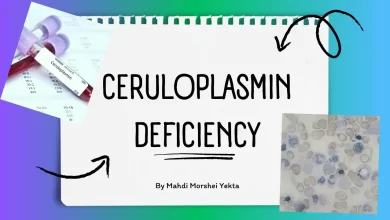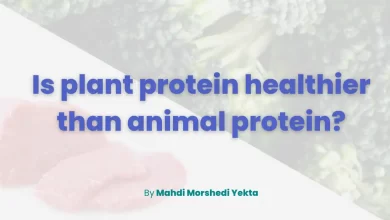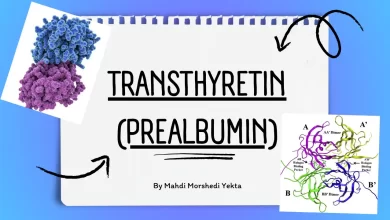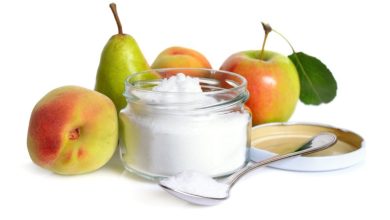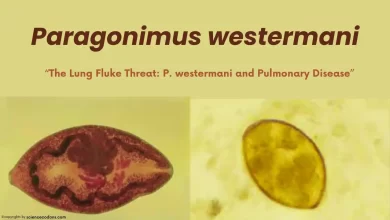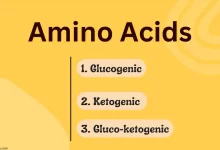Cytose and cytoplasm are related, but the two terms should not be used interchangeably. Cytosol is a component of the cytoplasm. Cytoplasm contains all the materials found in the cell membrane, including organelles, except mitochondria, chloroplasts, and vacuoles. Therefore, while these organelles are considered part of the cytoplasm, they are not part of the cytosol. In prokaryotic cells, cytoplasm and cytosol are the same.
Cytosol is the clear, jelly-like fluid that fills the cytoplasm of a cell. It is composed of water, dissolved ions, and proteins. The cytosol is the site of many important cellular processes, including metabolism, protein synthesis, and cell signalling. Cytoplasm is the complete contents of a cell, excluding the nucleus. It consists of the cytosol and all of the organelles. The cytoplasm is where most of the cell’s activities take place.
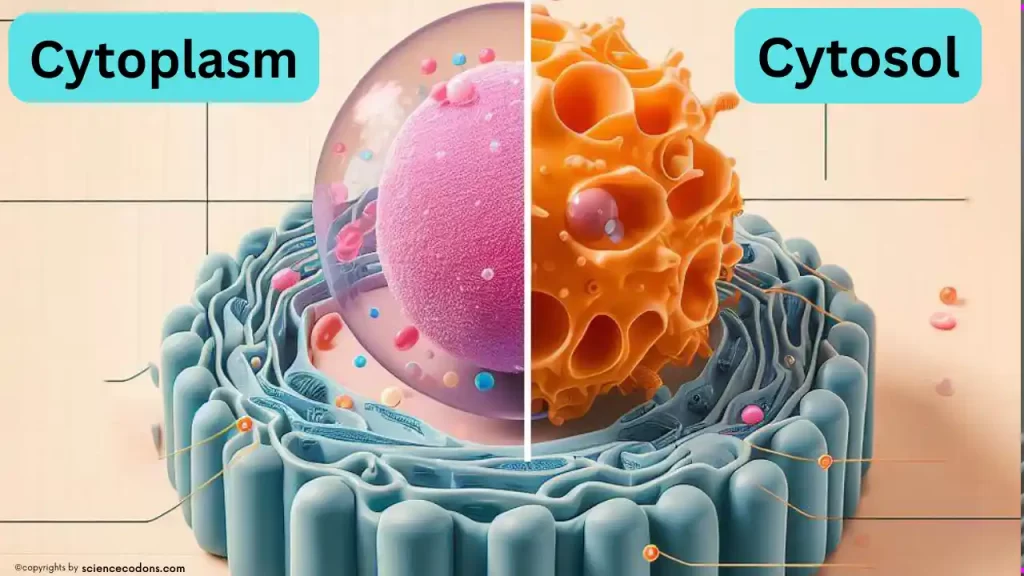
let’s talk more about cytoplasm and cytosol …
History
When the term “cytosol” was coined by “H. A. Lardy” in 1965, it referred to the liquid produced when cells were separated during centrifugation and solid components were removed from this liquid. With the advancement of cellular studies, this liquid was more precisely called cytoplasmic components. Other terms that are sometimes used to refer to cytoplasm include “hyaloplasm” and “protoplasm” Protoplasma refers to the living part of the cell, synonymous with the membrane along with the cytoplasm.

In modern cell biology, cytosol refers to the liquid part of cytoplasm present in healthy cells or the extract obtained from these cell fluids. Since the properties of this fluid depend on whether the cell is alive or dead, some scientists refer to the contents of living cell fluids as “Aqueous Cytoplasm”.
Cytosol and cytoplasm definition
The cytosol is a liquid matrix that is located within cells. It is found in eukaryotic cells (plants and animals) and prokaryotic cells (bacteria). In eukaryotic cells, the cytosol refers to the fluid enclosed by the cell membrane, excluding the cell nucleus, organelles (such as chloroplasts, mitochondria, vacuoles), and the fluids within organelles. In contrast, prokaryotic cells lack organelles or a nucleus, so all the fluid inside is cytosol. Cytosol, also referred to as intracellular fluid (ICF) or cytoplasmic matrix, is the fluid component of the cytoplasm.
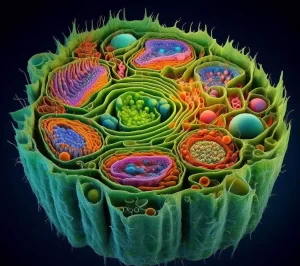
Cytosol is also known as:
- Cytosol is a liquid matrix found inside cells. It is present in eukaryotic cells (plant and animal) and prokaryotic cells (bacteria).
- Cytosol is a part of the cytoplasm, which also includes all organelles and the fluid content within organelles. The cytoplasm does not include the nucleus.
- The primary component of cytosol is water, which also contains soluble ions, small molecules, and proteins.
- Cytosol is not uniform throughout the cell. Protein complexes and the cytoskeleton create its structure.
- Cytosol has several functions. It is the site of most metabolic processes, transports various metabolites to different parts of the cell, and plays a role in intracellular signal transduction
In eukaryotic cells, the term “cytoplasm” refers to all cellular contents excluding the nucleus. Eukaryotes have intricate mechanisms to maintain a distinct and specialized nuclear compartment separate from the cytoplasm. Active transport plays a role in the formation of intracellular structures and the maintenance of cytoplasmic homeostasis. In prokaryotic cells, the cytoplasm contains the primary genetic material of the cell because they lack a defined nuclear membrane. These cells are typically smaller and have a simpler internal cytoplasmic organization compared to eukaryotic cells.

Constituents of cytosol
Cytosol is made up of various types of ions, small and large molecules, dissolved in water. However, this fluid is not a homogeneous solution. Approximately 70% of the cytosol consists of water. In humans, the pH of cytosol has been measured between 7.0 and 7.4. The pH is higher when the cell is growing. Ions dissolved in cytosol include calcium, potassium, sodium, chloride, magnesium, and bicarbonate. Cytosol also contains amino acids, proteins, and molecules that regulate osmolarity, such as protein kinase C and calmodulin.
The concentration of substances in the cytosol is affected by gravity, channels in the cell membrane and around organelles that affect calcium, oxygen, and ATP concentration, and channels formed by protein complexes. Some proteins also contain central cavities filled with cytosol having a different composition from the outside fluid. While the cytoskeleton is not considered to be part of the cytosol, its filaments control diffusion throughout the cell and restrict the movement of large particles from one part of the cytosol to another.
Cytoplasm: structure, location, organelles and …
The cytoplasm of a cell contains a variety of chemical and biochemical substances. These include small crystals, proteins, pigments, carbohydrates, and fats stored within the cell. All cells, particularly those in fatty tissues, contain lipid droplets in the form of triglycerides. These triglycerides are used to create cellular membranes and serve as a significant energy reserve for cells. Lipids can produce twice as many ATP molecules per gram compared to carbohydrates. However, releasing this energy from triglycerides requires a substantial amount of oxygen. Therefore, cells also contain reserves of glycogen, which are cytoplasmic compounds that produce energy.
Glycogen is particularly important in cells such as skeletal muscle cells and cardiac cells, where there may be a sudden increase in glucose demand. Glycogen can be quickly broken down into individual glucose molecules and used in cellular respiration, even before the cell can obtain more glucose reserves from the body.
Crystals are another type of cytoplasmic compound found in many cells. They play a specific role in inner ear cells, helping to maintain balance. Interestingly, the presence of crystals in testicular cells appears to be linked with sexual dysfunction and infertility.
In addition to the above, the cytoplasm also contains pigments like melanin. These pigments give color to pigmented skin cells and protect the cell and the body’s internal structure from the harmful effects of the sun’s ultraviolet rays. Pigments are also present in the iris cells of the eye, determining an individual’s eye color.
Cytoplasm can be divided into the following three parts:
- Cytoskeleton with associated motor productions
- organelles and other large breeding complexes
- Cytoplasmic components and dissolved solutes
Cytosol and cytoplasm function
cytosol function
the cytosol is crucial in transmitting signals within cells, facilitating communication between the cell membrane, nucleus, and organelles. It transports metabolites from their production site to other parts of the cell. During cytokinesis, cytosol plays a crucial role in the division of the cell during mitosis. The cytosol plays multiple roles in eukaryotic metabolism. In animals, the cytosol is where several important processes occur, including glycolysis, gluconeogenesis, protein biosynthesis, and the pentose phosphate pathway. Fatty acid synthesis in plants takes place in chloroplasts, separate from the cytosol. Almost all prokaryotic metabolism occurs in the cytosol.
Cytoplasm function
The cytoplasm is where most enzymatic reactions and metabolic activities occur within the cell. Cellular respiration begins in the cytoplasm through either anaerobic respiration or glycolysis. It provides the necessary intermediates used by mitochondria to produce ATP. The translation of mRNA into proteins mainly occurs in the cytoplasm. Some translation processes occur on free ribosomes in the cytosol, while others happen on ribosomes attached to the endoplasmic reticulum network.
The cytoplasm is essential for maintaining cellular organization by creating compartments for different organelles. The nucleus is usually located near the center of the cell and is often accompanied by a nearby centrosome. The endoplasmic reticulum and Golgi apparatus are closely associated with the nucleus and are located near the center of the cell. Their vesicles move towards the plasma membrane.
Summary of differences between cytosol and cytoplasm
| Property | Cytosol | Cytoplasm |
|---|---|---|
| Definition | Intracellular fluid present within the cytoplasm | Entire contents of the cell excluding the nucleus |
| Composition | Soluble ions, water, water-soluble proteins and molecules | Enzymes, water, lipids, carbohydrates, nucleic acids and inorganic ions |
| Location | Present within the cytoplasm | Present inside the cell membrane |
| Function | Transportation of molecules and signal transduction | Involved in large cellular activities like cell division and glycolysis |
| Diversity | Low | High compared to the cytosol |
